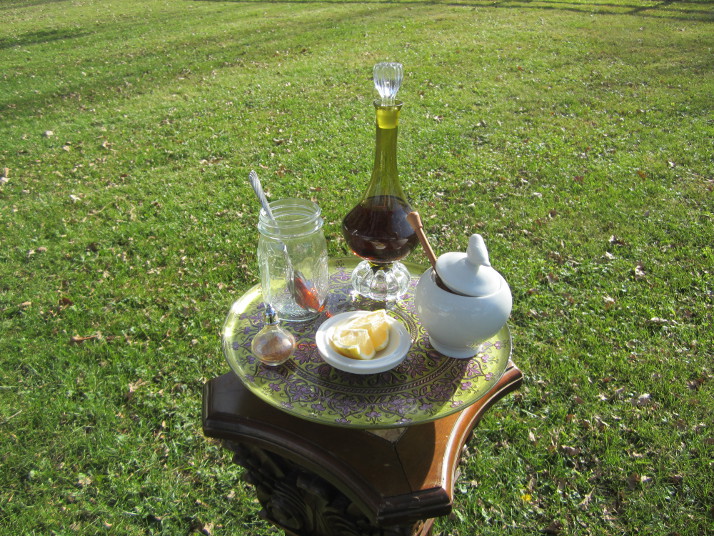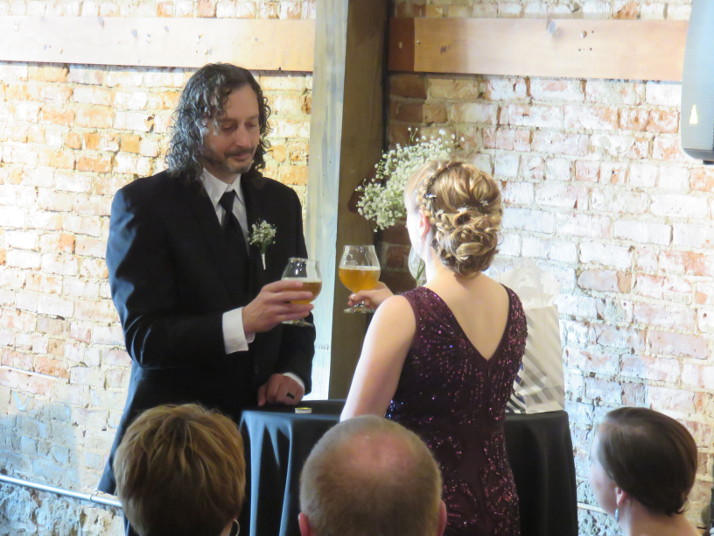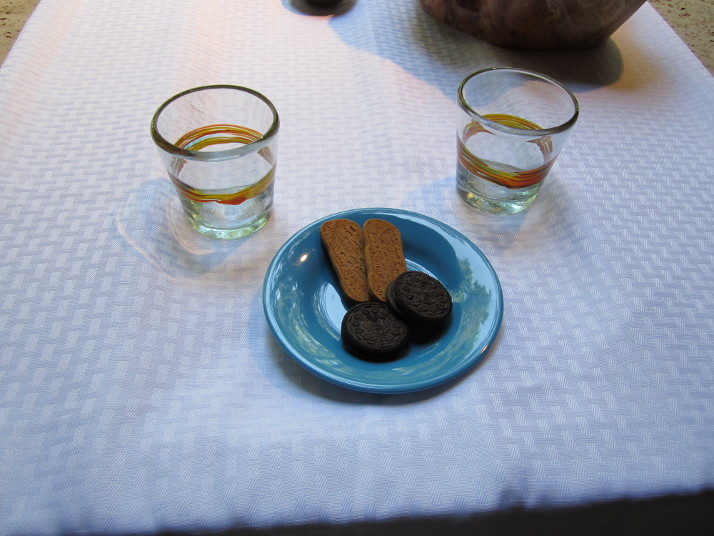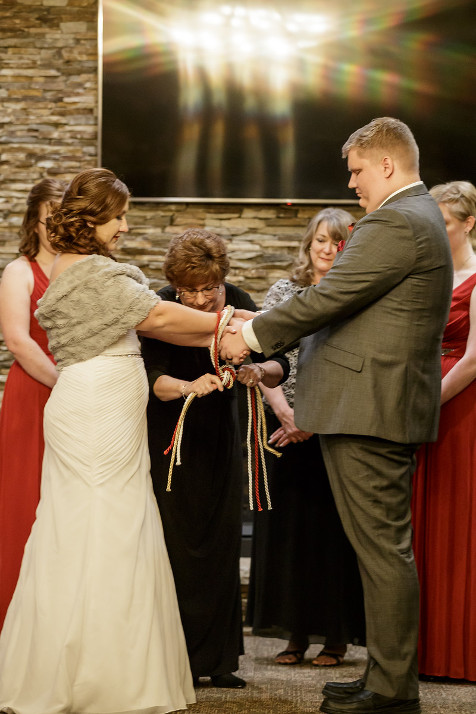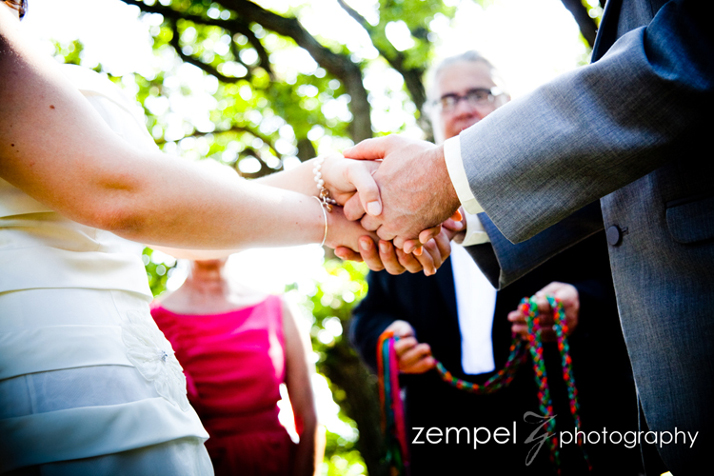Meaningful Rituals: Your Wedding Ceremony, Part 3
Meaningful rituals can raise your wedding ceremony from interesting to truly memorable. Over the last two weeks we’ve talked about ways to make your ceremony uniquely yours by starting with the basics and using thoughtful choices of music and readings to reflect your personalities and interests. Choosing to include meaningful rituals is yet another way to make your ceremony your own.
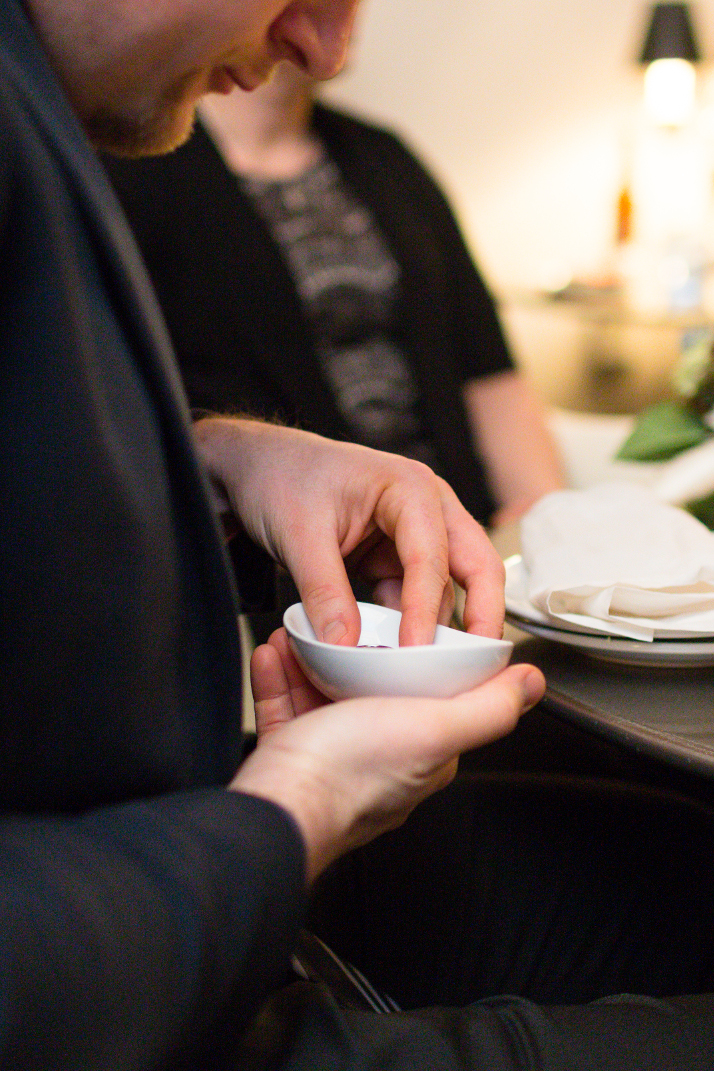
Starting early in your ceremony, a ring warming ritual can bring your guests into the ceremony in a real way. Sending your rings among your guests to be imbued with their love and best wishes for you, this ritual happens in parallel as your ceremony continues. Or later in the ceremony, having your guests imbue pebbles with their wishes can create a memento of your ceremony.
Unity rituals that celebrate your exchange of vows are common these days, but the ritual itself doesn’t have to be. Love letters, tree plantings, handfastings, and flower blendings are all newer, interesting rituals with lovely symbolism. If your a traditionalist a candle lighting or sand blending can be made special and personal with add-ons and personal wording, too.
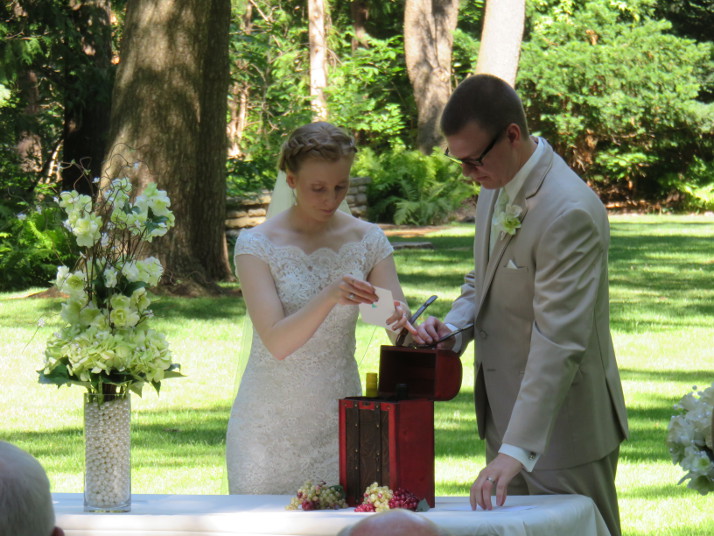
The absolute most meaningful rituals are those created expressly for you. Working with your celebrant you can celebrate your heritage, honor a special moment from your courtship, or share a part of your life through a custom written unity ritual. Examples I’ve written for couples include ice cream sharing, Turkish tea brewing, cairn creation, and whiskey sharing. In each case we were able to share something significant about the couple as part of the ritual, letting the guests know them a little better and creating a memorable moment.
Investing yourselves to collaborate with your celebrant you can define the outline of your ceremony, including those elements that are meaningful to you. You can share your personalities through selecting music and readings that you love or that represent your feelings toward each other. And you can select or create meaningful rituals to draw your guests into your ceremony and celebrate your love and commitment as a couple in a memorable way.
As 2020 couples begin to engage with celebrants to craft ceremonies you are limited only by the creativity of you and your celebrant. Have fun as you make your ceremonies uniquely your own.

